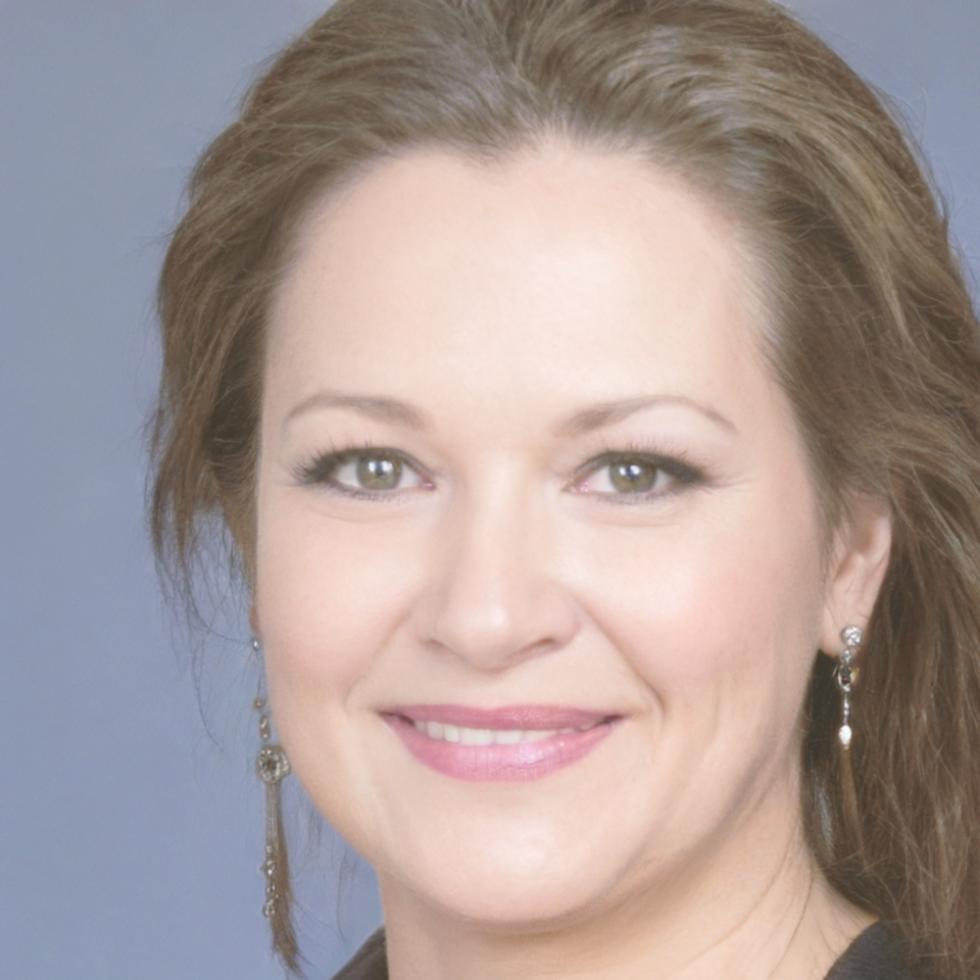What Analysts Are Actually Experiencing
Real feedback from professionals working through valuation challenges in Southeast Asian markets. Not cherry-picked success stories—just honest accounts from people navigating the same territory you might be considering.
Find What Matters to Your Situation
New to equity valuation?
Start with foundational DCF frameworks that actually work in volatile emerging markets.
Already doing valuations but inconsistent results?
Focus on the comparables module and peer selection methodology.
Working with family-owned businesses?
The minority discount and control premium section addresses this directly.
Need defensible valuations for regulatory filings?
The documentation standards module covers SEC-equivalent requirements.
Struggling with terminal value calculations?
There's a dedicated section on perpetuity growth assumptions in emerging markets.
Want to understand what you're actually getting?
Check the Learning Program page for detailed curriculum breakdown.
Perspectives from Recent Participants

Siriporn K.
Corporate Finance, Energy Sector
I needed to value renewable energy projects for board presentations. The issue wasn't understanding DCF conceptually—it was applying it to assets with 25-year horizons and government subsidy uncertainty. The program didn't give me a magic formula, but it gave me a defensible framework. My valuations now hold up better in executive questioning, which matters more than being precisely "right" in an unknowable future.

Chanida R.
Private Equity Associate
Joined because our fund was expanding into Thailand and my comparables analysis kept getting challenged. The peer selection methodology was eye-opening—I'd been including companies that superficially looked similar but had completely different capital structures. Three months in, my investment memos started getting fewer red marks from partners. Still learning, but the improvement is noticeable enough that two colleagues asked what changed.

Nattaya P.
Senior Analyst, Regional Bank
Started in March 2024 when our bank began requiring more rigorous valuation documentation for loan committees. I'd been doing this work for six years but mostly following templates without deeply understanding the mechanics. When assumptions changed, I wasn't confident adjusting them.
The program forced me to rebuild my understanding from first principles. Honestly uncomfortable at first—felt like going backwards. But by August 2024, I could explain every line in my models and defend my assumptions under questioning. My manager noticed the difference before I mentioned the training.
What Changes Can You Measure?
We track specific metrics for participants who complete the full program. These aren't guarantees—individual results depend heavily on prior experience, time commitment, and work application. But here's what we've observed across the 2024 cohort.
For professionals working full-time. Part-time learners typically need 9-11 months. The curriculum is self-paced with milestone checkpoints every 4-6 weeks.
In defending valuation assumptions to senior stakeholders within 3 months of completion. Based on 6-month follow-up survey of 2024 participants.
Median reported study time for participants who completed on schedule. Some weeks require more during case study modules. Plan for 5-6 hours during intensive periods.
Among analysts who submitted before/after work samples. Primarily fewer formula errors and more consistent assumption application across scenarios.
Average time before participants report using frameworks in actual work projects. Some apply concepts immediately; others take longer to find appropriate opportunities.
Completion rate for 2024 cohort. Most who don't finish cite time constraints or job changes rather than difficulty. Access remains active for 18 months.
Extended Follow-Up: What Happens After
Initial Framework Building
Most participants focus on core DCF mechanics and getting comfortable with financial statement analysis. This phase feels slow—you're learning to walk before running. Common frustration point: wanting to jump to advanced techniques before fundamentals are solid.

Application to Real Work
This is where theory meets messy reality. You start applying frameworks to actual assignments at work. Expect initial awkwardness—your first attempts will be slower than your old methods. But the logic becomes clearer. Two participants from audit firms reported their workpapers started passing senior review with fewer comments around month five.

Integration and Refinement
The techniques become more automatic. You stop consciously thinking about every step and start recognizing patterns. One banking analyst described it as "finally having a systematic way to think about problems instead of just copying what I did last time." Speed improves significantly—not because you're rushing, but because you're not second-guessing every decision.

Sustained Professional Impact
We follow up with participants at 12 and 18 months. The consistent pattern: continued application of frameworks leads to reputation changes within organizations. People start coming to you with valuation questions. Three 2023 participants reported being assigned more complex deals specifically because managers trusted their analytical approach. This isn't about dramatic promotions—it's about gradual recognition as someone who produces reliable work.